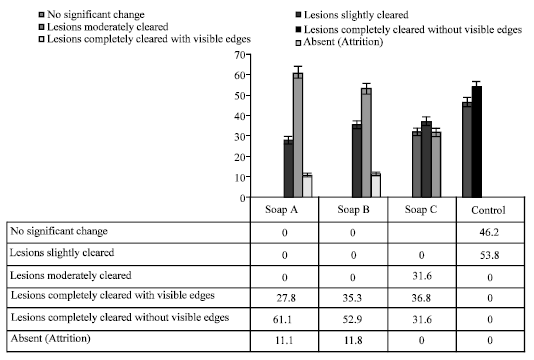Research Article
Clinical Studies of Three Herbal Soaps in the Management of Superficial Fungal Infections
Department of Pharmacognosy, Obafemi Awolowo University, Ile-Ife, Nigeria
A.A. Elujoba
Department of Pharmacognosy, Obafemi Awolowo University, Ile-Ife, Nigeria
A.O. Oyelami
Department of Paediatrics and Child Health, Obafemi Awolowo University, Ile-Ife, Nigeria















Gbenga Faleye Reply
that is a great article. i wish i can have Mr oladeles email address or phone number.
i am into production of herbal soaps and cream for skin diseases.in Lagos Nigeria
i desire to have a chat with him.